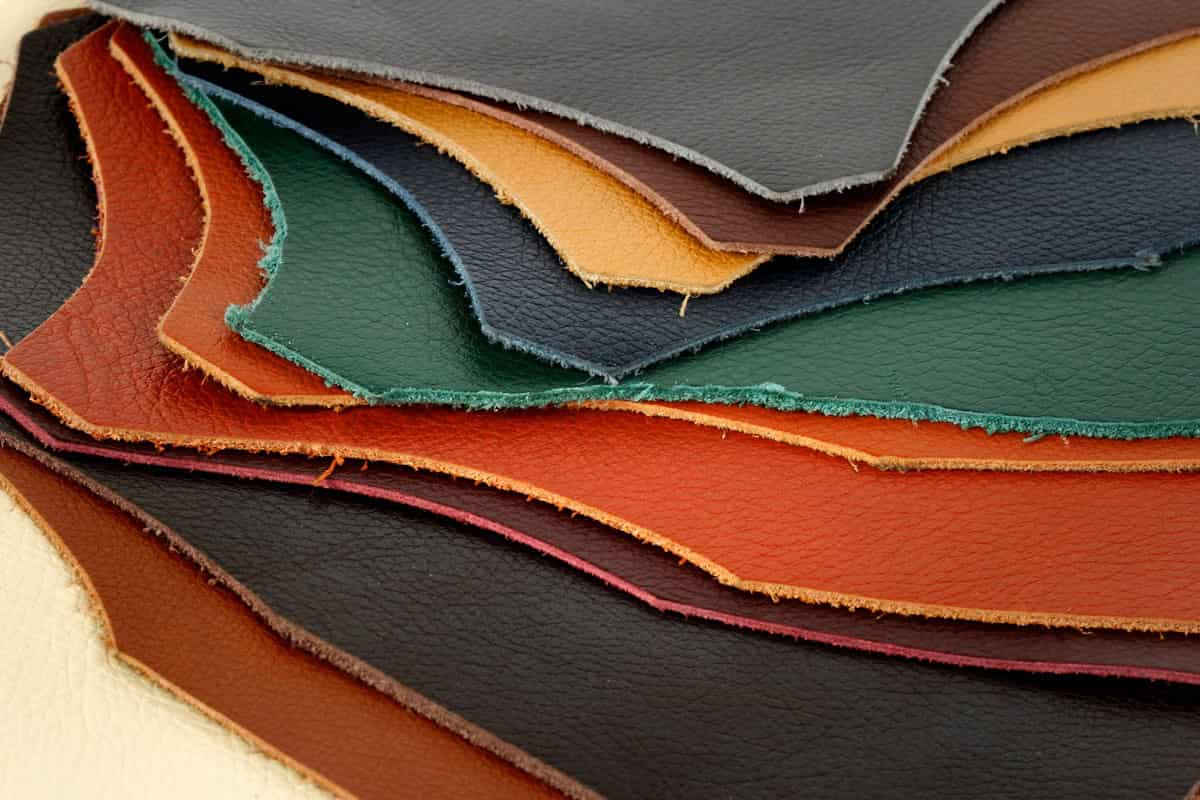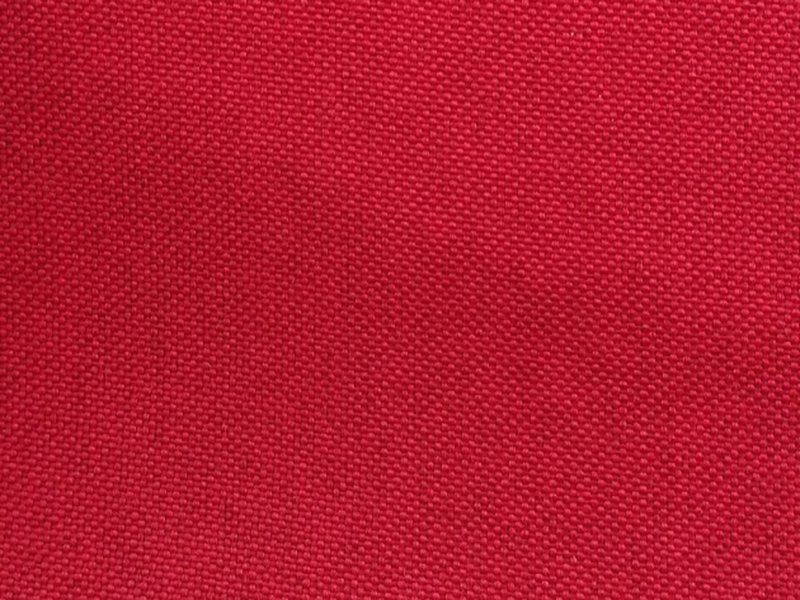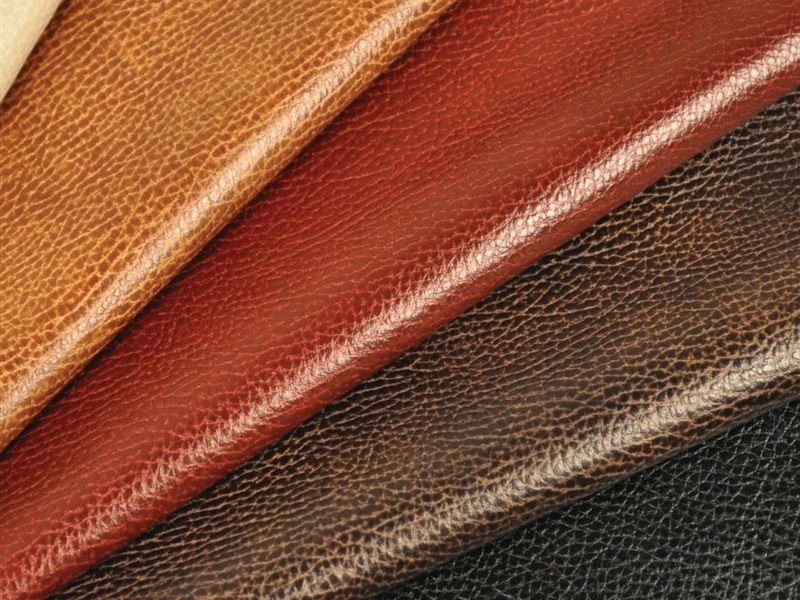In recent years, there has been a growing interest in veganism and ethical consumption, leading to a surge in demand for sustainable and cruelty-free alternatives to traditional products. The fashion industry, in particular, has seen a shift towards more environmentally friendly materials, such as vegan leather. One emerging trend in this space is the development of vegan raw hide, a sustainable and vegan-friendly alternative to traditional animal-derived leather. This article explores the concept of vegan raw hide, its benefits, and its potential impact on the fashion industry.
Understanding Vegan Raw Hide:
Vegan raw hide is a cruelty-free substitute for animal-based leather that is created using various plant-based materials. Its manufacturing process involves combining fibers from non-animal sources, such as pineapple leaves, apple peel waste, mushroom fibers, and even recycled materials, to produce a material that closely resembles traditional leather. Through innovative technologies and sustainable practices, manufacturers are now able to create vegan raw hide without sacrificing quality or durability.
Benefits of Vegan Raw Hide:
1. Animal-Free and Sustainable: Vegan raw hide eliminates the need for animal exploitation and does not involve any harm to animals. This alternative is aligned with the values of compassionate consumers who are concerned about animal welfare and the environment.
2. Eco-Friendly: The production of traditional leather often involves harmful chemical treatments, excessive water usage, and deforestation. In contrast, vegan raw hide production requires less water, produces fewer greenhouse gas emissions, and does not contribute to deforestation, making it a more sustainable choice.
3. Versatile and Innovative: Vegan raw hide offers a range of possibilities in terms of design, texture, and color. Its versatile nature allows designers to create unique and fashionable products suitable for various industries, including fashion, automotive, and interior design.
4. Durability: Many vegan raw hide alternatives are known to be just as durable as genuine leather, making them a viable alternative for manufacturers and consumers seeking long-lasting and high-quality products. This aspect challenges the misconception that vegan alternatives are of inferior quality.
The Emergence of Vegan Raw Hide in the Fashion Industry:

The fashion industry, notorious for its heavy reliance on animal-based materials like leather, is slowly embracing the vegan raw hide trend. Many high-end fashion brands are now incorporating vegan raw hide into their designs, recognizing the ethical and sustainable appeal of such materials. Stella McCartney is a notable proponent of vegan fashion, utilizing alternatives like vegan raw hide to create her cruelty-free luxury products.
The increased use of vegan raw hide in the fashion industry has also gained popularity among consumers, particularly those seeking ethically produced and cruelty-free options. This shift in consumer demand is pushing brands to reevaluate their supply chains and actively seek out sustainable and vegan alternatives like vegan raw hide.
Challenges and Future Outlook:
While the adoption of vegan raw hide is steadily growing, there are several challenges that need to be addressed in order for it to become a mainstream alternative to traditional leather. These challenges include:
1. Cost: Vegan raw hide is currently more expensive to produce than traditional leather due to the complexities of manufacturing plant-based materials. As demand increases, manufacturers need to find ways to optimize production processes and reduce costs, thereby making vegan raw hide more affordable for mass consumption.
2. Limited Availability: The production of vegan raw hide is still relatively small scale compared to traditional leather. To meet the increasing demand, manufacturers need to expand their operations and invest in sustainable sourcing and manufacturing practices.
3. Education and Awareness: Lack of consumer awareness about vegan raw hide and its benefits is another barrier to widespread adoption. Increased education and communication about the advantages of this alternative is crucial to cultivating more conscious consumer choices.
Despite these challenges, the future looks promising for vegan raw hide. With advancements in technology, research, and consumer demand, the cost of production is expected to decrease, making it more accessible to the general population. Collaboration between manufacturers, designers, and consumers will be key to furthering its development and market penetration.
Conclusion:
The rise of vegan raw hide reflects the growing demand for ethical and sustainable alternatives to traditional leather. This innovation represents a significant step forward in fostering a more compassionate and environmentally friendly fashion industry. By choosing vegan raw hide, consumers can support the protection of animal welfare, reduce the environmental impact of the fashion industry, and still enjoy high-quality and fashionable products. As the world embraces a more conscious approach to consumption, vegan raw hide has the potential to become a widely accepted alternative to traditional leather in the years to come.I. Market Trends and Demand for Vegan Raw Hide

The demand for vegan raw hide is steadily increasing, driven by a rise in consumer awareness and concerns about animal welfare, sustainability, and the environmental impact of traditional leather production. According to a report by Grand View Research, the global vegan leather market is expected to reach $89.6 billion by 2025. This surge in demand presents significant opportunities for businesses involved in the production and supply of vegan raw hide.
II. Opportunities for Manufacturers
1. Expansion of Production Facilities: The growing demand for vegan raw hide calls for increased production capacity. Manufacturers can seize this opportunity by expanding their facilities, investing in new technologies, and establishing strategic partnerships to ensure a steady supply of sustainable plant-based materials.
2. Collaboration with Designers and Brands: Collaborating with fashion designers and brands is crucial to driving the adoption of vegan raw hide in the fashion industry. By working together, manufacturers can create innovative designs and showcase the versatility of vegan raw hide, positioning it as a desirable and fashionable alternative to traditional leather.
3. Development of New Product Lines: Manufacturers can leverage the versatility of vegan raw hide to develop new product lines across various industries, such as footwear, accessories, furniture, and automotive interiors. By capitalizing on the environmentally friendly and cruelty-free nature of vegan raw hide, businesses can tap into a growing market segment of conscious consumers.
III. Marketing and Branding Strategies
1. Sustainability as a Key Value Proposition: Businesses producing vegan raw hide should emphasize their commitment to sustainability and ethical practices in their marketing campaigns. By highlighting the reduction in animal cruelty, greenhouse gas emissions, and deforestation associated with vegan raw hide, companies can differentiate themselves from traditional leather manufacturers and attract environmentally conscious consumers.
2. Collaboration with Influencers and Celebrities: Partnering with influencers and celebrities who advocate for animal welfare and ethical fashion can significantly boost brand visibility and create a positive association with vegan raw hide. Collaborations can include endorsement deals, capsule collections, and social media campaigns that raise awareness and promote the benefits of vegan raw hide.
3. Transparency and Supply Chain Traceability: To build trust with consumers, businesses should prioritize transparency in their supply chains. Providing information about the sourcing of plant-based materials and adopting traceability measures can enhance the credibility of vegan raw hide products and appeal to discerning consumers seeking sustainable and responsibly produced goods.
IV. Consumer Perception and Education

1. Consumer Education Initiatives: To drive the broader acceptance of vegan raw hide, businesses should invest in educational initiatives aimed at increasing consumer awareness and understanding of the benefits of vegan alternatives. This can be achieved through social media campaigns, collaborations with sustainability organizations or animal welfare groups, and informative content that highlights the positive environmental impact of vegan raw hide.
2. Addressing Consumer Concerns: Some consumers may still have concerns regarding the durability and quality of vegan raw hide compared to traditional leather. Businesses should address these concerns head-on by highlighting the advancements in manufacturing technologies and the use of high-quality plant-based materials that replicate the texture and strength of genuine leather.
3. Showcasing Success Stories: Sharing success stories of brands and individuals who have embraced vegan raw hide and achieved commercial success can be instrumental in changing consumer perceptions. These stories can inspire others to follow suit and further drive the adoption of vegan raw hide in the fashion industry.
V. The Role of Sustainable Fashion Initiatives
1. Collaboration with Sustainability Organizations: Businesses involved in vegan raw hide production should actively collaborate with sustainability organizations to promote sustainable fashion and advocate for the adoption of vegan alternatives. By participating in industry events, workshops, and conferences, businesses can showcase their commitment to environmentally friendly practices and contribute to the broader discourse on sustainable fashion.
2. R&D Investment: Continued investment in research and development is essential to refine the manufacturing process of vegan raw hide and explore new plant-based materials. Businesses should allocate resources to enhance the quality, durability, and design possibilities of vegan raw hide, ensuring it remains a viable and attractive alternative to traditional leather.
VI. Challenges and Limitations
While the adoption of vegan raw hide is growing, businesses operating in this space face several challenges:
1. Supply Chain Complexity: Sourcing sustainable plant-based materials can be challenging due to factors such as limited availability, higher production costs, and variability in material quality. Businesses must proactively address these challenges by establishing robust supply chains and exploring alternative sourcing options.
2. Consumer Resistance: Despite the increasing demand for ethical alternatives, some consumers may be resistant to change or harbor biases against vegan products. Businesses must employ effective communication strategies to educate consumers about the benefits of vegan raw hide and challenge any misconceptions or prejudices they may have.

3. Competition from Synthetic Materials: Vegan raw hide faces competition from synthetic materials, such as polyvinyl chloride (PVC) and polyurethane (PU), which have been widely used in the production of vegan leather. Businesses need to differentiate their products by emphasizing the natural and sustainable aspects of vegan raw hide and its superior quality compared to synthetic alternatives.
Conclusion
The rise of vegan raw hide presents both ethical and business opportunities for companies in the fashion industry. With increasing consumer demand for sustainable and cruelty-free alternatives, businesses involved in the production and supply of vegan raw hide have the potential to capitalize on this growing market segment. By leveraging strategic partnerships, innovative marketing strategies, and ongoing investment in research and development, businesses can position themselves as leaders in the vegan raw hide market and contribute to a more sustainable and compassionate fashion industry.









